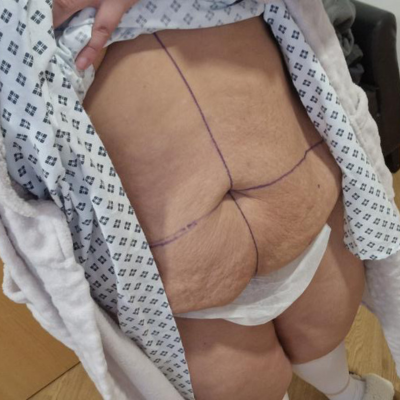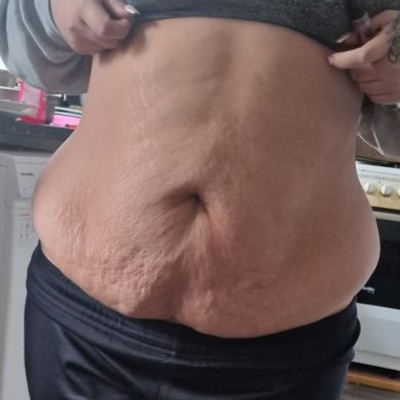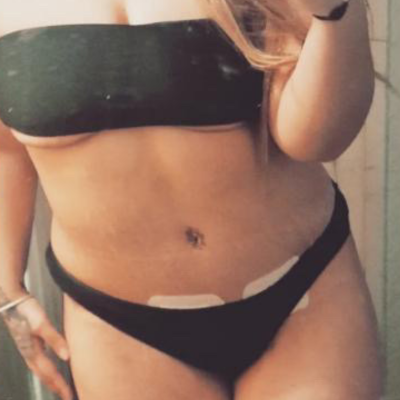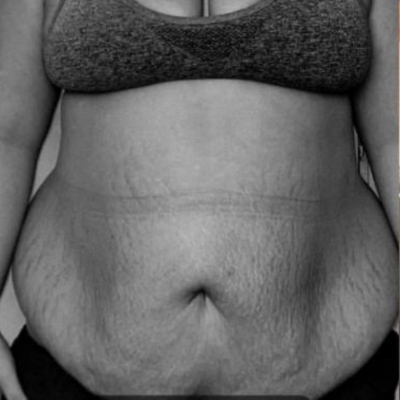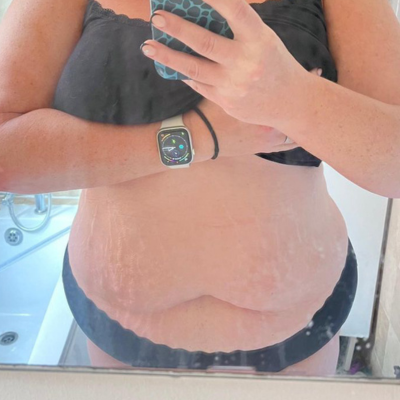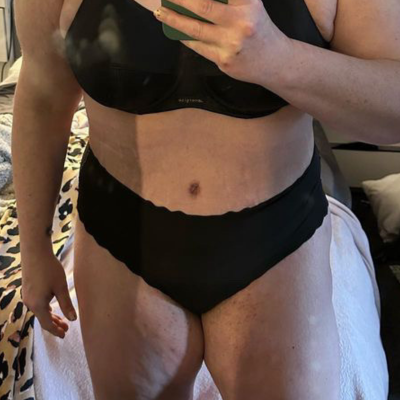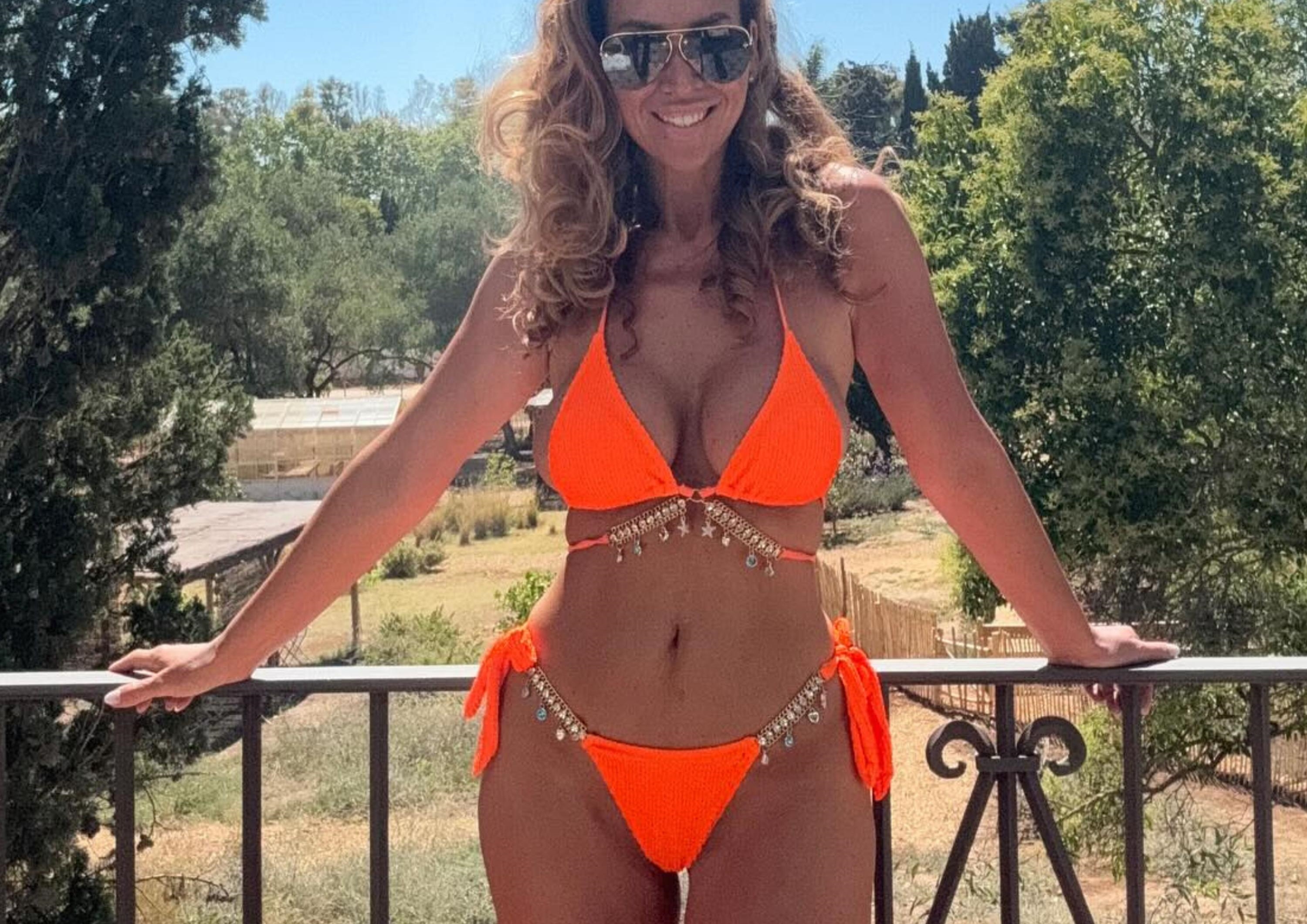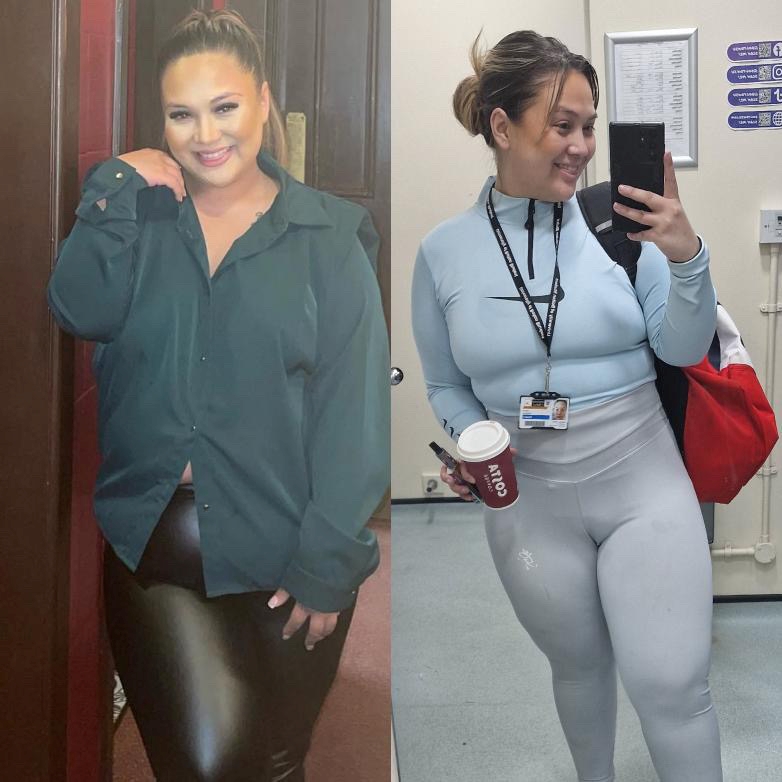A Tummy Tuck, or abdominoplasty, is a cosmetic surgery procedure designed to remove excess skin and fat from the abdomen, tighten muscles, and create a smoother, firmer appearance. It is commonly performed after significant weight loss or pregnancy when skin laxity becomes an issue. While many aspects of the abdomen are transformed during the procedure, one of the questions often asked by patients is, “What happens to the belly button during a Tummy Tuck?” This guide will explain how your belly button is affected during surgery, what it will look like afterward, and the recovery process.
What happens during a Tummy Tuck?
A Tummy Tuck involves an incision made from hip to hip, just above the pubic area. The surgeon removes excess skin and fat, and the underlying abdominal muscles are often tightened to achieve a toned appearance. During this process, the skin is pulled downward, which can impact the location of the belly button.
Changes to the belly button during a Tummy Tuck
During a Tummy Tuck, the belly button is typically left in place but is repositioned through a new opening created in the tightened skin. The belly button remains attached to the underlying muscles throughout the procedure. Mr Prasad, our Consultant Aesthetic Surgeon, explains, “As excess skin is removed and pulled downward, the surgeon creates a new hole for the belly button to emerge through, preserving its original location relative to the muscles. This meticulous approach helps ensure a natural appearance after surgery, which is a critical aspect of the overall aesthetic outcome.”
In most cases, the belly button is not removed during a Tummy Tuck. However, in specific variations, such as a Mini Tummy Tuck, which primarily addresses the lower abdomen, the belly button may not need to be repositioned at all. In these instances, the incision is made below the belly button, allowing the existing navel to remain intact. Conversely, during a Reverse Tummy Tuck, which focuses on tightening the upper abdomen, the belly button may be adjusted slightly. Nonetheless, it generally stays in its original position to maintain a natural look.
Surgeons take special care to ensure that the belly button looks natural and aesthetically pleasing after the surgery. This is often achieved by carefully shaping the surrounding tissue and creating a small, well-defined opening for the belly button to sit. Attention to detail is paramount; surgeons aim for symmetry and natural contours to create a seamless integration with the abdomen. Since the belly button is an important focal point of the abdominal area, achieving a natural look here significantly contributes to the overall success of the Tummy Tuck procedure.
Overall, the preservation and repositioning of the belly button during a Tummy Tuck is a vital aspect of the surgery. By understanding how the procedure affects the belly button, patients can have realistic expectations and feel more confident in their surgical journey.
What will the belly button look like after surgery?
After a Tummy Tuck, the belly button will generally look much the same as it did before the procedure but in a more contoured and tightened abdomen. However, its appearance can vary based on the type and extent of surgery performed. For example, with a Full Tummy Tuck, the skin around the belly button may appear tighter, and it may sit more naturally on the abdomen.
In some cases, scarring around the belly button may be visible, but surgeons aim to minimise this by making incisions within the natural folds of the skin. Over time, scars will fade, becoming less noticeable, particularly if proper aftercare is followed.
You can see several examples of how the belly button’s appearance may change post-surgery from our recent Pall Mall Cosmetics patients.




